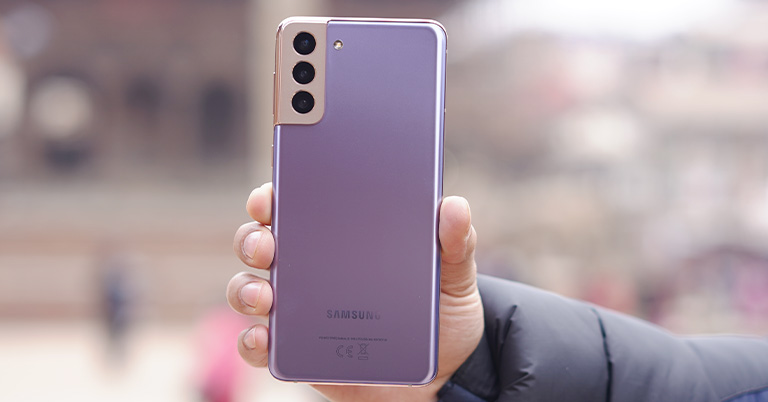
Like last year, Samsung has introduced three smartphones under this year’s S-series as well—the Galaxy S21, S21+, and the S21 Ultra. And in this review, I will be discussing the Samsung Galaxy S21 and S21+ (S21 Plus) at length.
Samsung Galaxy S21, S21+ Specifications:
| Specifications | Galaxy S21 | Galaxy S21+ | |
| Body | 151.7 x 71.2 x 7.9mm, 169gm (mmWave: 171gm), IP68, Glastic back | 161.4 x 75.6 x 7.8 mm, 200gm (mmWave: 202gm), IP68, Glass back | |
| Display | 6.2-inches “Infinity-O” Dynamic AMOLED 2X panel, 421PPI | 6.7-inches “Infinity-O” Dynamic AMOLED 2X panel, 394PPI | |
| Display Properties | 120Hz refresh rate, HDR10+, 1300nits, Gorilla Glass Victus | 120Hz refresh rate, HDR10+, 1300 nits, Gorilla Glass Victus | |
| Resolution | FHD+ (2400 x 1080 pixels); 20:9 aspect ratio | ||
| Chipset |
|
||
| RAM | 8GB LPDDR5 | ||
| Storage | 128GB / 256GB UFS 3.1 (non-expandable) | ||
| Rear Camera |
|
||
| Front Camera | 10MP, f/2.2 aperture; Dual Pixel AF | ||
| Security | Qualcomm 3D Sonic Sensor Gen 2, Face Unlock | ||
| Audio | Stereo speakers with Dolby Atmos, Dolby Digital/Plus | ||
| Connectivity | 5G, WiFi 6, Bluetooth 5.1, NFC, UWB (Only S21+) | ||
| Battery | 4000mAh | 4800mAh | |
| Charging | USB PD 3.0 (25W), 15W Fast Wireless Charging 2.0, 4.5W Reverse Wireless Charging, No charger inside the box | ||
| Colors | Violet, Gray, White, Pink | Violet, Black, Silver, Pink | |
| Price in Nepal | Rs. 109,999 (8/256GB) | Rs. 129,999 (8/256GB) | |
Samsung Galaxy S21, S21+ Review:
Although the S21 Ultra effortless steals the spotlight among the three with its S-pen support, better cameras, and more, the standard S21 and S21+ aren’t that far behind either. In fact, these phones offer a similar experience at a much lower asking price. The keyword here is “similar”.
But regardless of what S-series phone you go for this year, barring a couple of markets like the US and China, you are going to get a much-improved Exynos 2100 chipset. Forget the new design or the cameras, this is the most exciting upgrade Samsung has introduced in its latest flagship by finally listening to the outcries of its customers.
Performance
- Octa-core Samsung Exynos 2100 SoC (5nm) – Global
- 8GB LPDDR5 RAM and up to 256GB UFS 3.1 storage (fixed)
You might already know just how much of an upgrade it brings when looking at the spec-sheet. But in real-life too, the Exynos 2100 feels so much faster than last year’s Exynos 990. Having used the Note 20 Ultra for so long, I could instantly feel the difference. The animations feel faster and working around the phone feels swifter. So I have to say that the performance upgrade from the newer chipset has really impressed me.
Yet, the question still remains—is this new Exynos chipset on par with the Snapdragon 888 version of the S21 series? For that, we will have to wait and see.
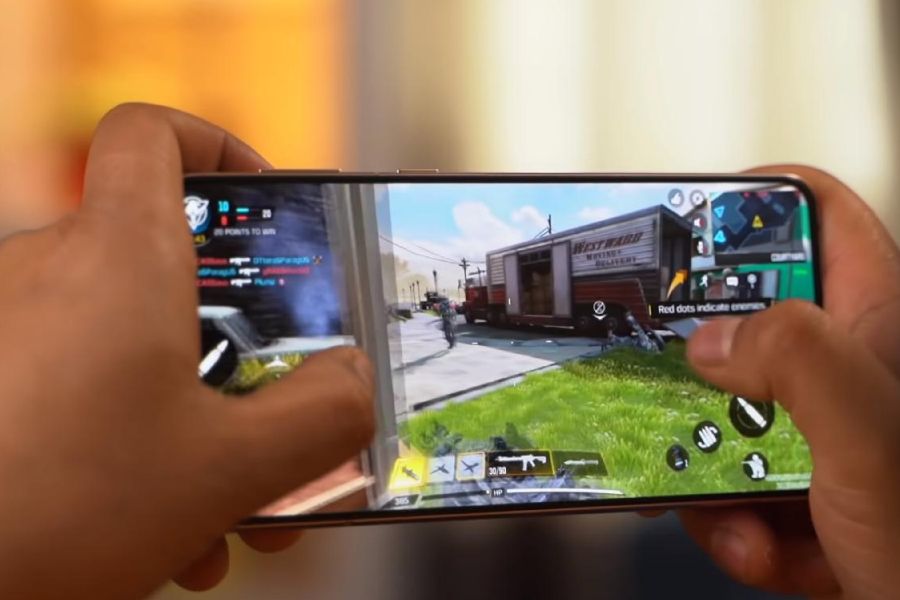
But what I can say right now is that the Exynos 2100 doesn’t have any kind of heating, throttling issue. Previously, with both the S20 and the S20+, the phone would get warm just minutes into shooting 4K videos or playing games which is no longer the case with the S21 series, so that’s great.
Gaming Experience
However, I am not particularly impressed with the GPU capabilities of the Exynos 2100—especially how restrictive it is PUBG Mobile. The highest setting you can reach is Smooth graphics with the frame rates set to Extreme whereas the iPhone 12 maxes out at HDR graphics and Extreme frame rates.
And even if we leave the iPhone aside, the fact that it is not optimized for 90 fps gameplay like the OnePlus 8 series is slightly disappointing. That being said, other demanding games such as COD Mobile and Genshin Impact run similarly on the S21 and the iPhone 12 series. So, maybe Samsung can better optimize popular titles like PUBG to tap into the gaming arena as well.
Display
- 6.2/6.7-inches Dynamic AMOLED 2X panel
- Adaptive 120Hz refresh rate (48 – 120Hz)
- Corning Gorilla Glass Victus protection
Moving on to the display side of things, Samsung has scaled down the QHD resolution from last year’s S20 series to just FHD on the S21 and S21+. But you still get the adaptive 120Hz refresh rate that can switch between screen refresh rate depending on the content.
As usual, it’s a Dynamic AMOLED panel with excellent brightness levels, colors, and contrast. Noticeably, there are no curves here like the S20+ or the S21 Ultra, and Samsung has rather opted for a flat panel on these devices.

Personally, I didn’t have any problem with the minimal curves on the S20+, but I don’t mind this flat display either. Like the S21 Ultra, the front and back of the S21+ are now protected by Corning’s Gorilla Glass Victus, while the regular S21 gets the Victus treatment only on the front as it comes with a polycarbonate back.
With this, the S21+ feels much better on hand, whereas the plastic back on the S21 feels exactly like the Galaxy S20 FE. So, yeah, not so premium design on the S21.
But the S21 shines when it comes to ergonomics and one-handed usage. The S21+, although a little bigger, is still really comfortable on the hands too, although the smaller form factor and lightweight build of the S21 is something you might want over the S21+ and S21 Ultra.
Battery
- 4000/4800mAh battery with 25W fast charging
- 15W Qi Wireless Charging, Wireless PowerShare
However, “with small design comes small battery”. And the biggest issue with the S21 is that it features a moderate 4,000mAh cell while the S21+ comes with a beefier 4,800mAh battery. Hence, the endurance on the S21+ is far better than the S21. Using both phones side by side, throughout the review, I got almost a full day’s usage on the Samsung Galaxy S21+ while the regular S21 dies by the evening.

And because the display on the S21 and S21+ only have a dynamic range of 48-120Hz unlike the S21 Ultra that can shift between 10-120Hz depending on what activity you do on your phone; the relative endurance is better on the S21 Ultra.
As for charging speeds, nothing has changed except for the fact you don’t get a power brick inside the box anymore. With the 25W charger that you can get for like $25, charging isn’t as wickedly fast as 65W chargers you get on Chinese phones. Still, it is faster than the 20W charger of the iPhone 12 series.
One more thing, this year, I was really hoping that Samsung would bring something better in terms of wireless charging seeing how Apple is trying to shift focus to MagSafe and Xiaomi just brought 50W wireless charging support on Mi 11. To my disappointment, Samsung still is stuck with the 15-watt wireless charging.
Design, UI
- Glass front | Glastic (S21), Glass back (S21+)
- Aluminum frame, IP68 dust/water resistant
- Samsung One UI 3.1 based on Android 11
Coming back to the design again, the company has changed things by quite a bit in the S21 series. The camera sensors have been neatly placed inside this module that now looks as if it’s a part of the side frame itself. Honestly, looking at the render images initially, I was a little skeptical. But I gotta give credit to Samsung, it looks quite good in the flesh.
Onto the software side of things, both the S21 and S21+ ship with the latest version of One UI, the One UI 3.1 based on Android 11. This time, with the new Exynos 2100 integration, Samsung’s Android skin feels more optimized than ever.
And it’s impressive how with every generation the company is able to make One UI better for one-handed usage. If you have watched my review of the iPhone 12 Pro Max, I have talked about how it is extremely uncomfortable to use and how the iOS 14 absolutely lacks optimization for one-handed usage.
Google Discover card
Well, with Samsung devices, it’s exactly the opposite. So, on the usability part, I am happy with these devices. Also, swiping left from the home screen now takes you to the Google Discover cards which is something I have been wanting for years.
The in-display fingerprint sensor on the S21 series has improved a lot in performance as well. It is still Samsung’s proprietary ultrasonic technology. But this time it boasts Qualcomm’s 3D Sonic Sensor Gen 2. Samsung claims that this sensor is 1.7 times larger and performs 50% faster scanning in comparison to the previous ones. During my test, I couldn’t really tell if this version of Samsung’s ultrasonic sensors indeed has a larger sensing area, but it is definitely a lot faster and I even noticed that the registration time has reduced slightly too.
Cameras
- Triple camera setup at the back
- (12MP wide, 12MP ultrawide, 64MP telephoto)
- 10MP selfie camera inside the Infinity-O cutout
Jumping to the cameras, the S21, and S21+ feature similar hardware as last year. While the 12MP ultrawide lens is the new Sony IMX563 sensor instead of S5K2LA on the S20 series, these phones retain the same 12MP Sony IMX555 primary lens and the 64 MP telephoto lens.
And since both the S21 and S21+ have the exact same camera setup and Exynos 2100’s ISP, the photos turn out the same too. I was doubtful that given the lower price tag of the S21, it would sort of have inferior camera performance compared to the S21+, but that’s not the case.
Normal Images
I also checked how the S21’s cameras fared against the S21 Ultra and found differences mostly in color tone in the primary and ultra-wide cameras.
The Ultra’s pictures have a subtle and natural color tone while sometimes, the S21+ slightly saturates the images more.
But the big difference lies in the night time performance where the S21 Ultra is able to produce less grainy and sharper images than the S21+. Definitely, the newer and bigger 108MP camera sensor has played a huge role in this.
Portrait Images
About the portraits, well, here too, the S21 Ultra can produce fuller colors than the S21+.
But everything else is almost the same and because colors are mostly a matter of personal preference, I will leave the judgment to you guys.
Telephoto Images
3x zoom telephoto images look almost similar on both devices despite featuring different sensors. But even though that’s the case, when clicking videos, the difference is apparent where the Ultra is the clear winner. However, you don’t get a periscope 10x zoom lens like with the S21 Ultra. So, when it comes to telephoto shots, the Ultra is the clear winner.
And we all know how last year’s S20 Ultra grabbed headlines because of its autofocus issue. This year though, the inclusion of a laser autofocus sensor has solved the problem to a great extent. Yet, at times, because of the larger focal lengths of the 108MP sensor, while clicking closeup shots, the camera does struggle for a second to lock focus which is not a problem with the S21+.
I didn’t stop the camera comparison just yet because a small portion of me was curious about how much improvement the S21 cameras have against last year’s S20.
vs S20+
After going through the images, I found that the S21 didn’t have that extra pop in colors like the S20 which makes it look somewhat close to natural.
It also has a good level of contrast that didn’t overcompensate for the shadow details.
However, the portraits from the S21 have this usual yellow tone that makes them look unnatural.
Nighttime Images
Comparing the night time images, I found S21+ to have slightly better sharpness than the S20+ in the normal mode.
Wide-angle images from the normal mode on the other hand were better on the S20+. As you can see, the ultrawide-angle night time images from the S21+ has a lot more noticeable grains than the S20+.
However, turning on the night mode, you can see the image signal processor of the Exynos 2100 bringing in more details and better exposure maintenance.
And it’s almost certain that we’ll see a few more updates from Samsung to make the S21’s camera even better.
Selfie Images
As for selfies, both the S20+ and the S21+ feature the same 10MP camera upfront. Although most of the things look almost identical, the S21 preserves the shadow details better and has a slightly better dynamic range.
But if you are someone who likes more contrast in pictures then you will favor selfies from the S20+.
Videography
In terms of videos, like with the S20+, you get up to 8k/24fps video recording here as well. Although the 8k videos this time are slightly better stabilized, it’s nowhere near the 4k/60fps footages as this one is not only better stabilized but gives vibrant colors with excellent dynamic range too.
However, I was hoping that this time Samsung would include a 4k/60ps video recording from the ultrawide sensor. But it seems like that is reserved for some other Samsung flagship of the future.
Audio
- Stereo speaker setup tuned by AKG
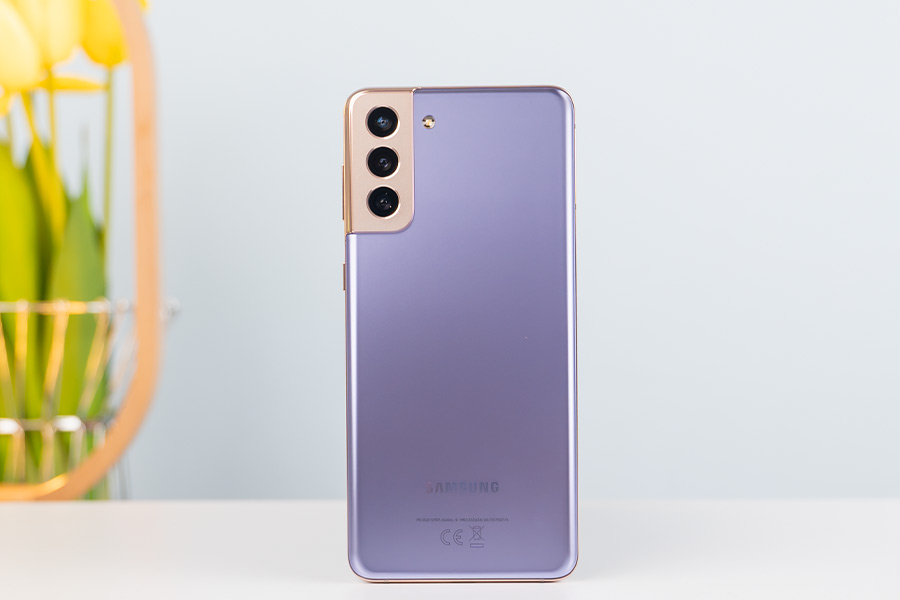
Cameras aside, throughout the review, I also came to love the speaker on the Samsung Galaxy S21, S21+. Both phones feature the same stereo speaker setup tuned by AKG. And these are honestly some of the best speakers on a smartphone. Its audio reproduction has good details and sounds really balanced.
Conclusion
Having used all three devices in the S21 series for a week now, I think Samsung has done a really good job with price as well as the features to distinguish these 3 models.
But, I still think if you are planning on getting one of the S-series phones this year, it should be the S21 Ultra. It is just a much better phone—that is if you don’t mind the relatively bigger form-factor.
![Galaxy S21+ S21 Plus - Display [1]](https://cdn.gadgetbytenepal.com/wp-content/uploads/2021/01/Galaxy-S21-Plus-Display-1.jpg)
I still recommend the S21 and the S21+, but I think at this price segment, the upcoming Mi 11 and the OnePlus 9 series will give them a tough competition. And not to forget, Samsung will be launching the S21 Fan Edition in some 3 to 6 months’ time; which is bound to be a better value than these two phones.
- Watch our video review of the Samsung Galaxy S21, S21+.
Samsung Galaxy S21, S21+ Review: Pros & Cons
Pros:
- Great, ergonomic design
- Excellent performance
- Top-notch AMOLED display
- One UI is well optimized
- Terrific camera performance
Cons:
- Galaxy S21 has a glastic back
- S21’s battery life isn’t great
- No fast charging mechanism






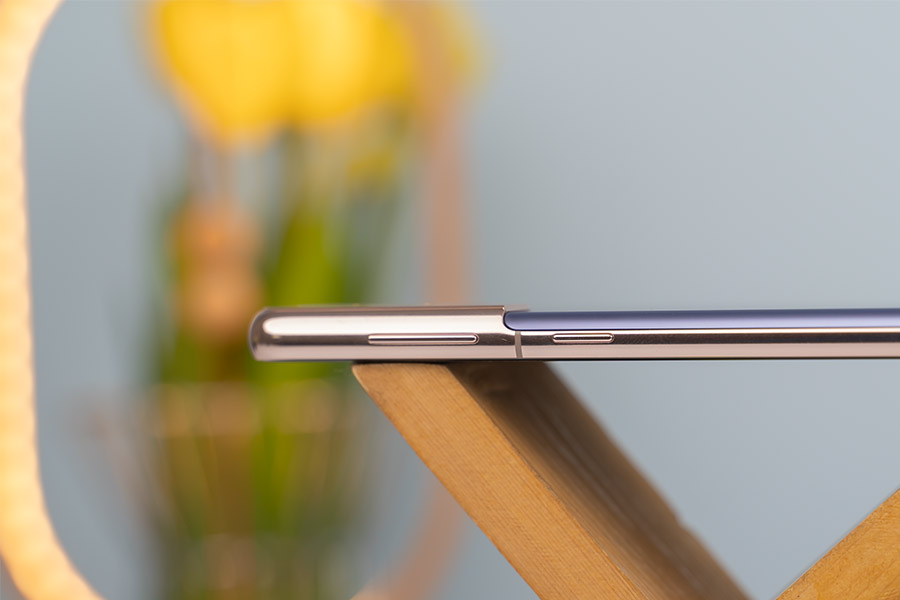
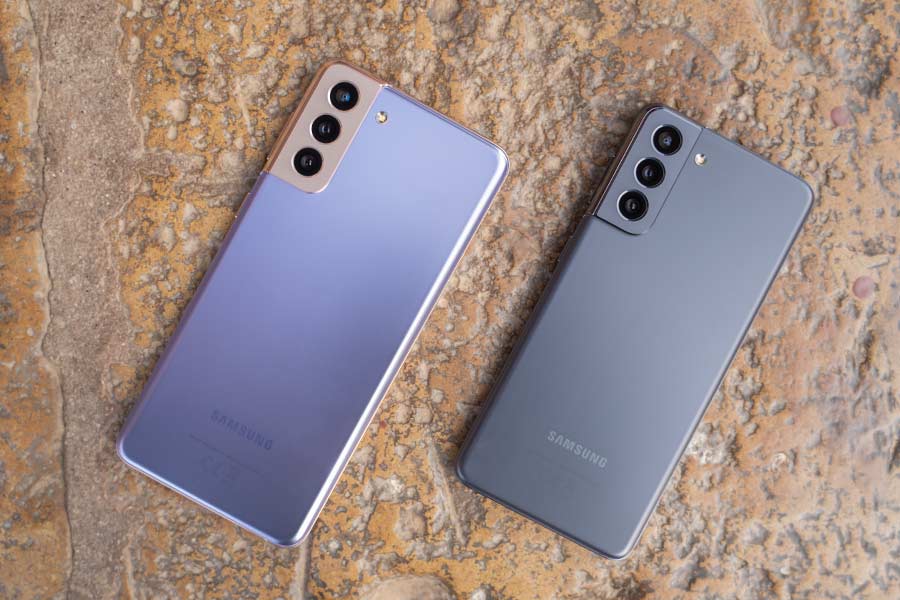
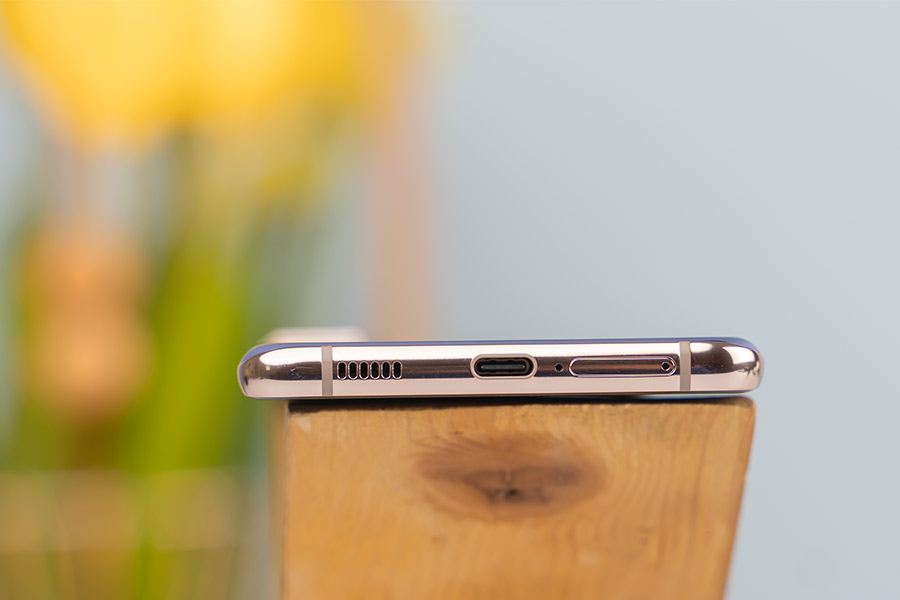
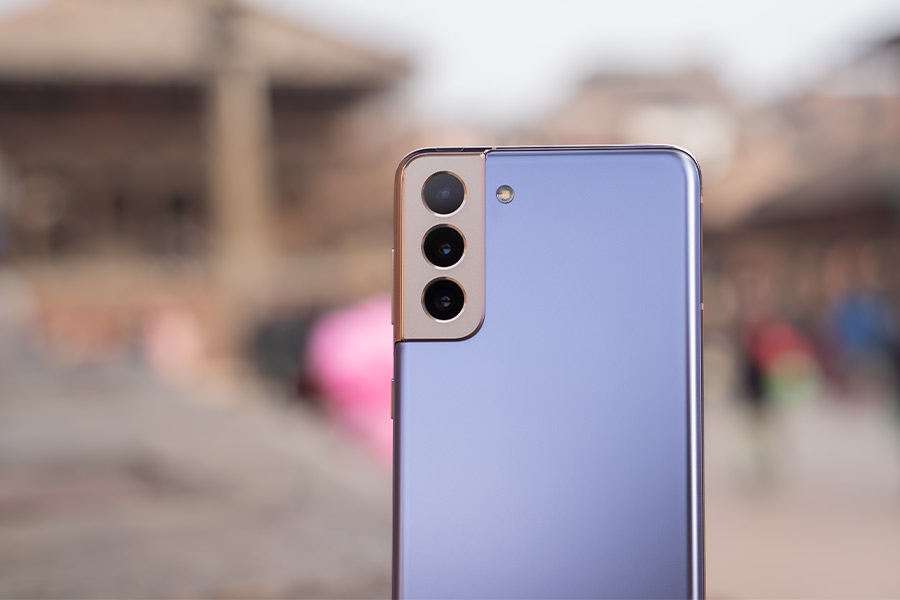



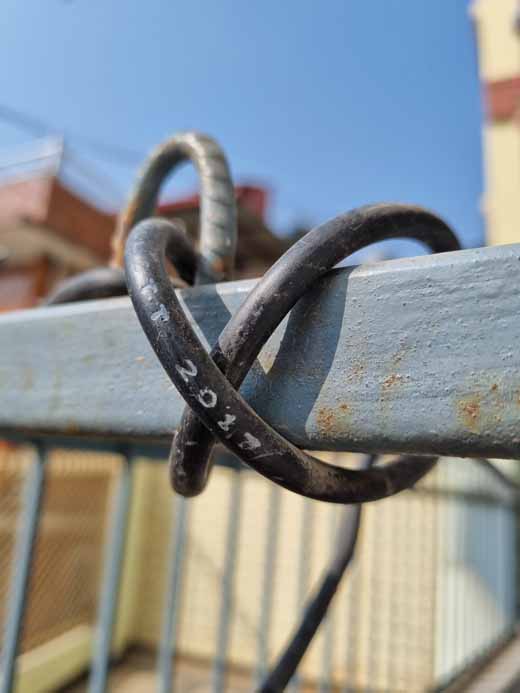
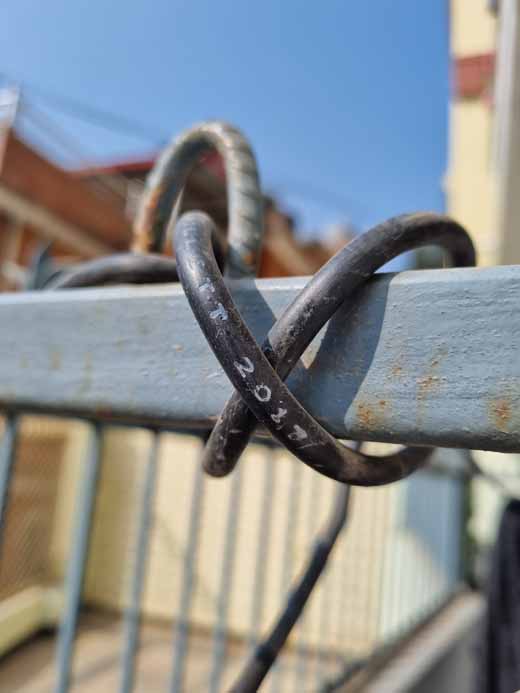

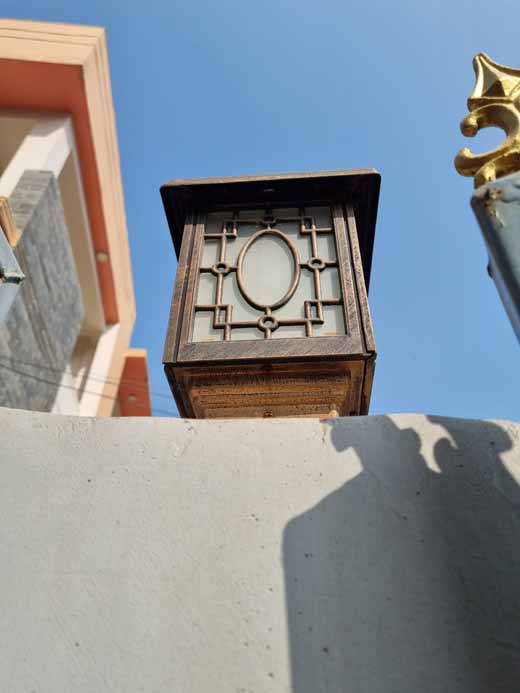
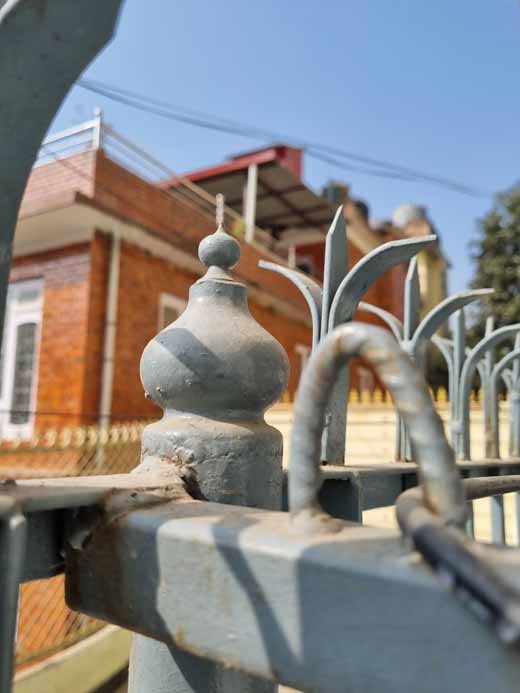
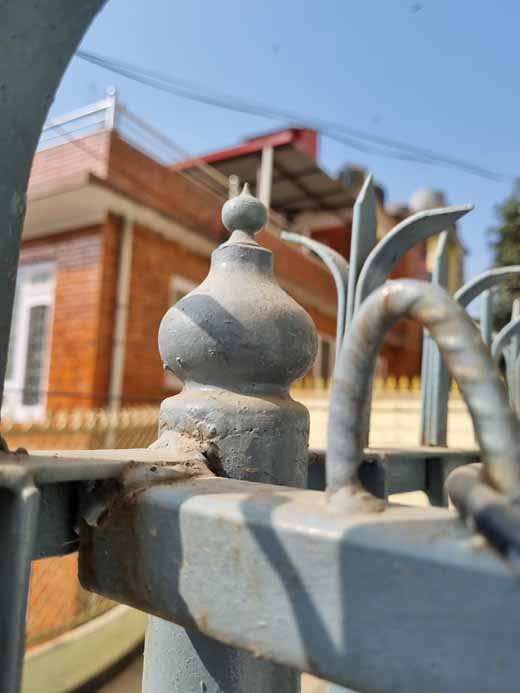
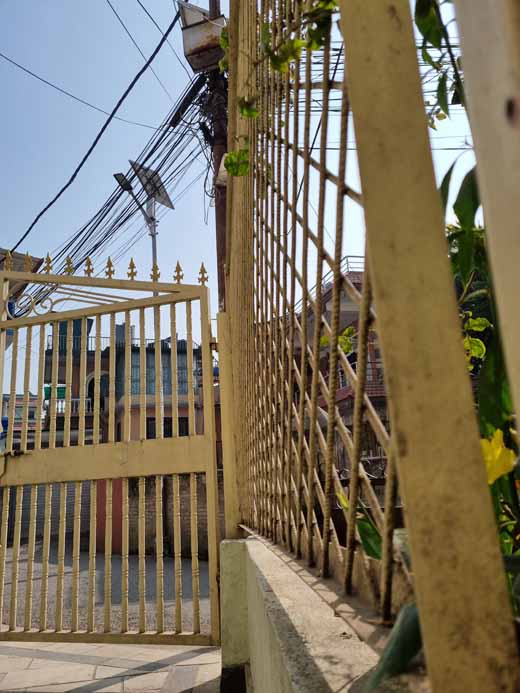

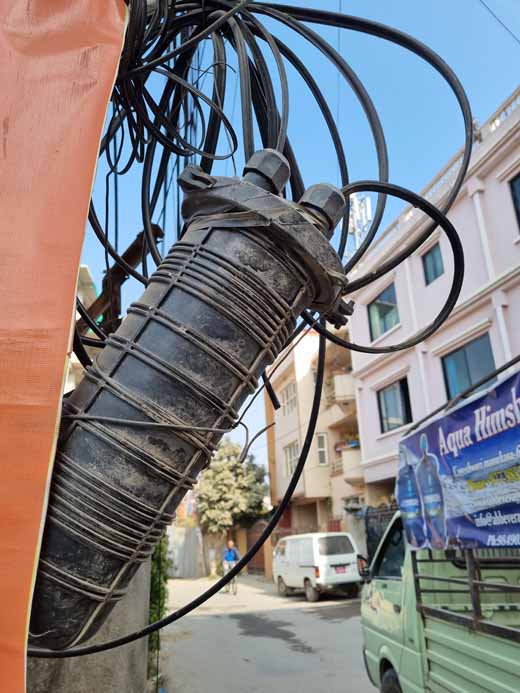









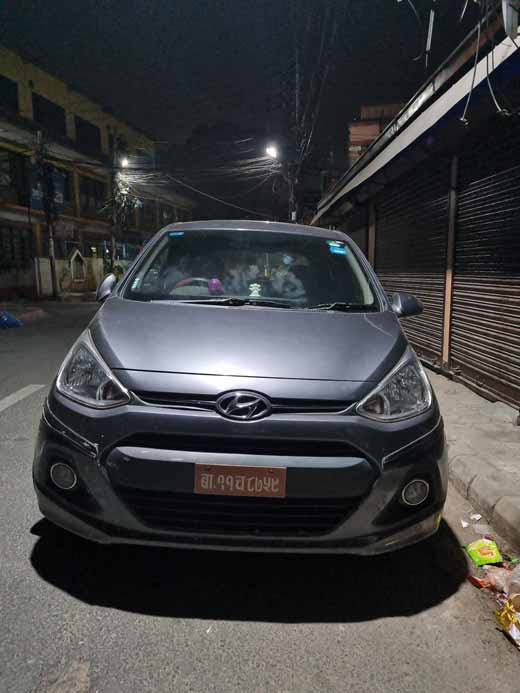
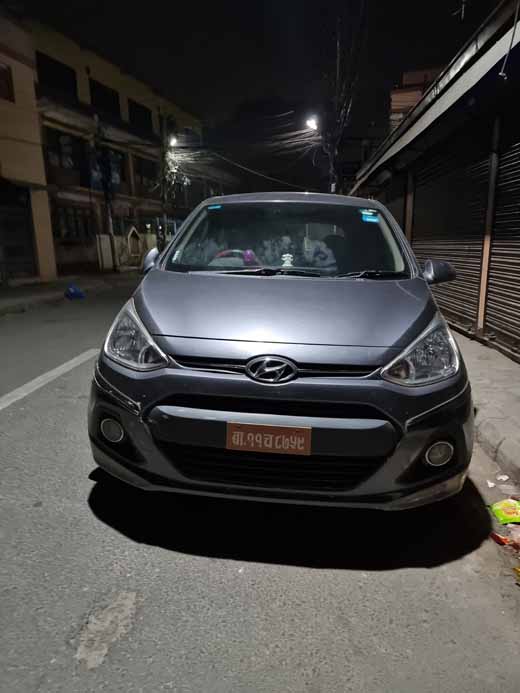
















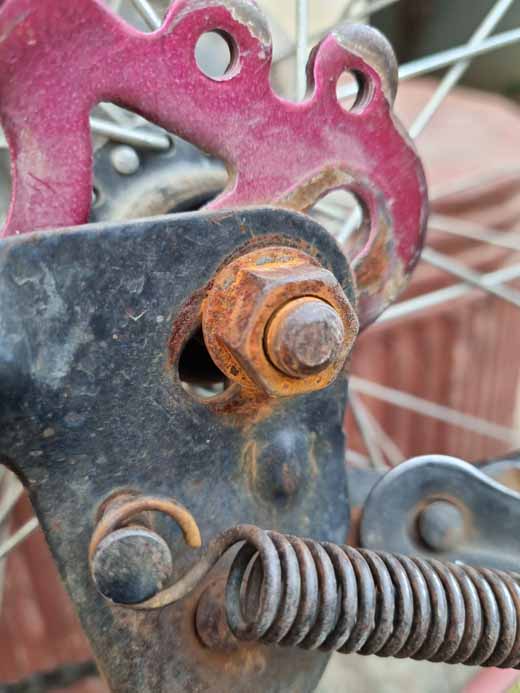
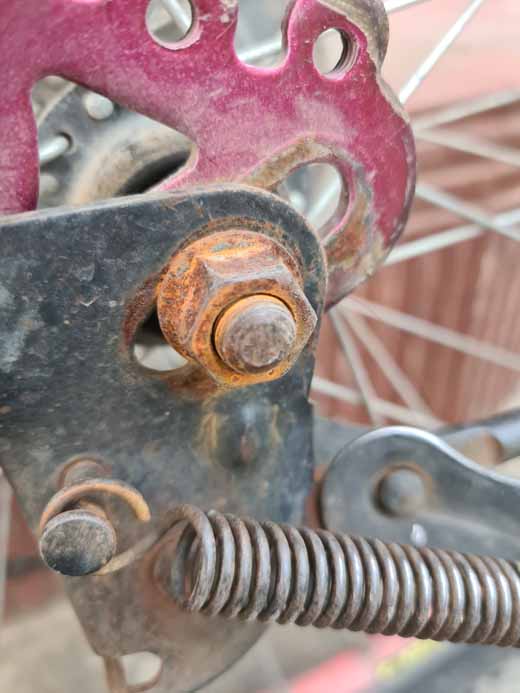








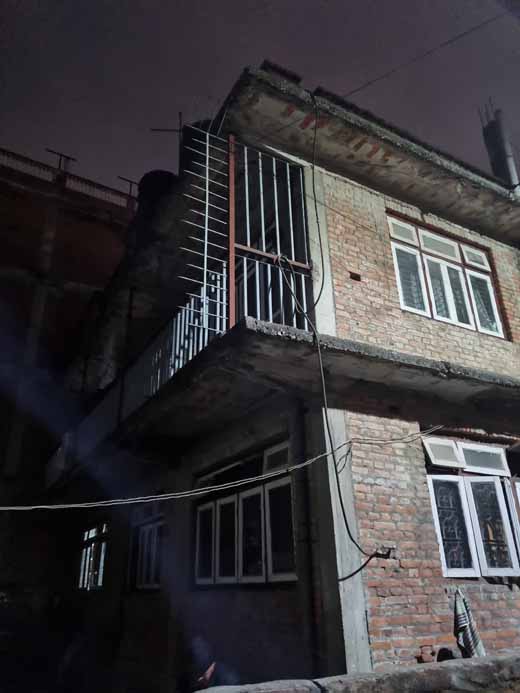
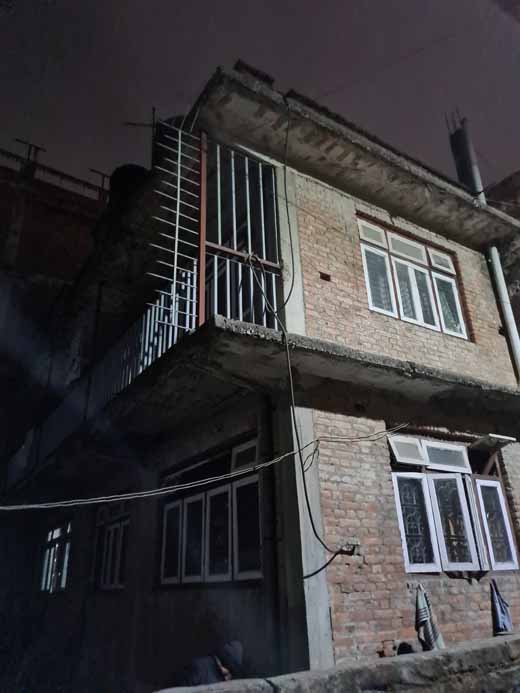
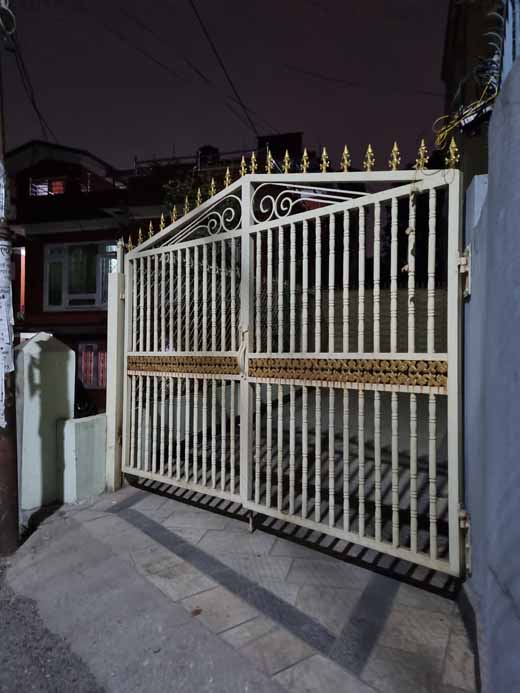

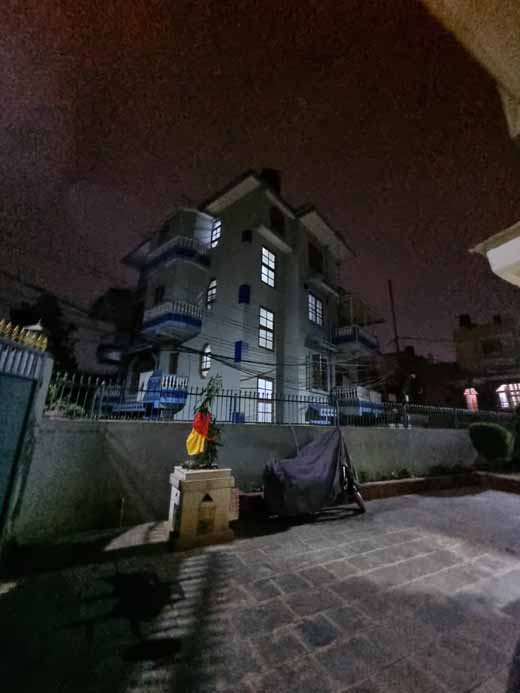

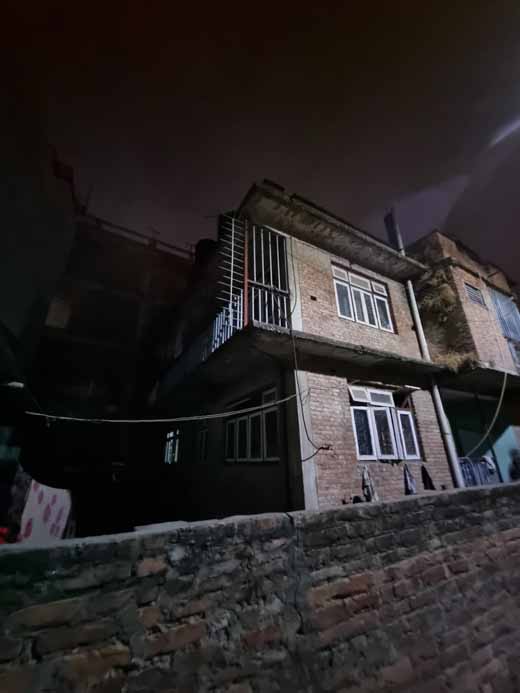

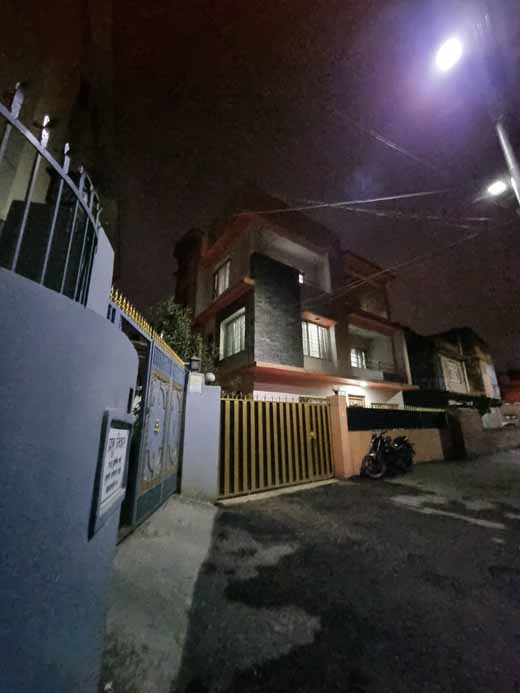
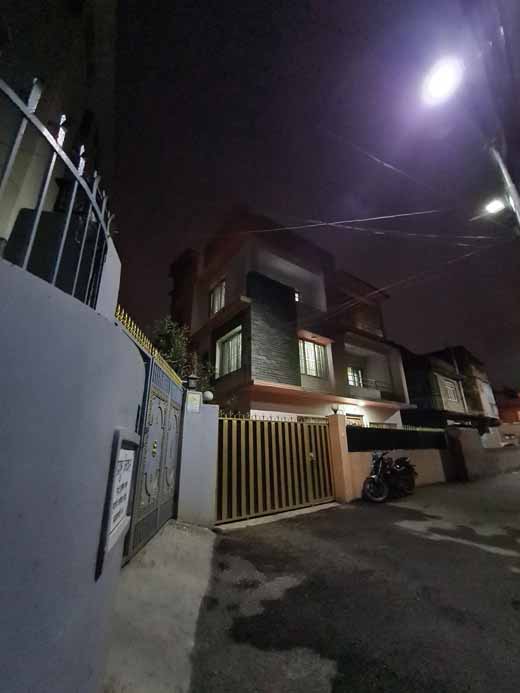
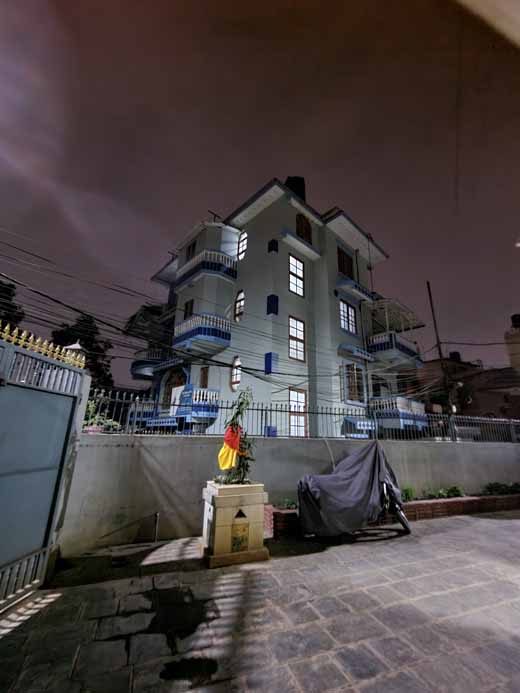
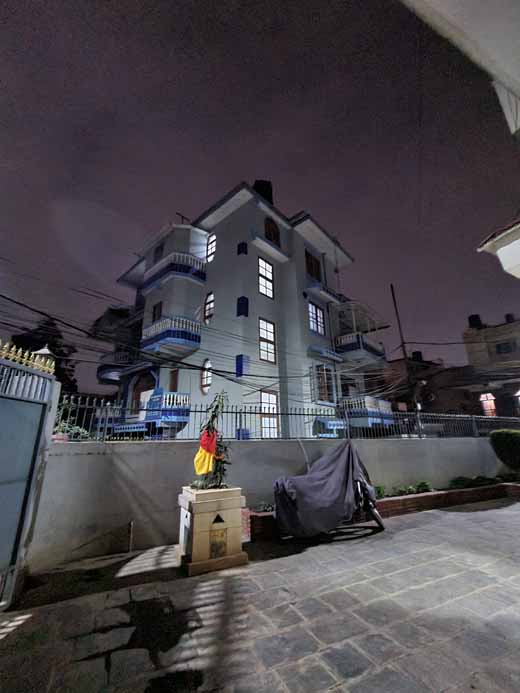

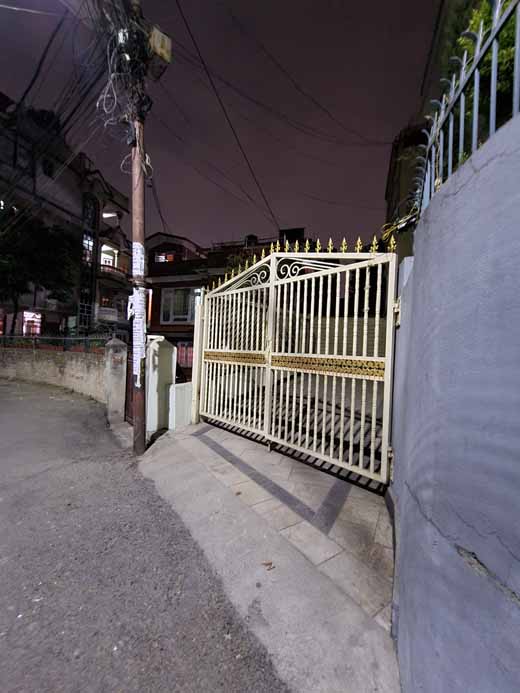







![Best Gaming Laptops in Nepal Under Rs. 250,000 (रु 2.5 Lakhs) [2025] Best Gaming Laptops Under 2.5 lakhs in Nepal [Feb 2025 Update]](https://cdn.gadgetbytenepal.com/wp-content/uploads/2025/02/Best-Gaming-Laptops-Under-2.5-lakhs-in-Nepal-Feb-2025-Update.jpg)
![Best Gaming Laptops in Nepal Under Rs. 120,000 (रु 1.2 Lakhs) [2025] Best Budget Gaming Laptops Under Rs 120000 in Nepal 2025 Update](https://cdn.gadgetbytenepal.com/wp-content/uploads/2025/05/Best-Budget-Gaming-Laptops-Under-Rs-120000-in-Nepal-2024-Update.jpg)
![Best Laptops Under Rs. 80,000 in Nepal [2025] Best Laptops Under 80,000 in Nepal March 2025 Update](https://cdn.gadgetbytenepal.com/wp-content/uploads/2025/03/Best-Laptops-Under-80000-in-Nepal-March-2025-Update.jpg)
![Best Gaming Laptops in Nepal Under Rs. 200,000 (रु 2 Lakhs) [2025] Best gaming lapotp under 2 lakhs Nepal Feb 2025](https://cdn.gadgetbytenepal.com/wp-content/uploads/2025/01/Best-Gaming-Laptops-Under-2-Lakh-Nepal-Feb-2025-Update.jpg)

![Best Mobile Phones Under Rs. 15,000 in Nepal [Updated 2025] Best Phones Under 15000 in Nepal 2024 Budget Smartphones Cheap Affordable](https://cdn.gadgetbytenepal.com/wp-content/uploads/2024/03/Best-Phones-Under-15000-in-Nepal-2024.jpg)
![Best Mobile Phones Under Rs. 20,000 in Nepal [Updated] Best Mobile Phones Under NPR 20000 in Nepal 2023 Updated Samsung Xiaomi Redmi POCO Realme Narzo Benco](https://cdn.gadgetbytenepal.com/wp-content/uploads/2024/01/Best-Phones-Under-20000-in-Nepal-2024.jpg)
![Best Mobile Phones Under Rs. 30,000 in Nepal [Updated 2025] Best Phones Under 30000 in Nepal](https://cdn.gadgetbytenepal.com/wp-content/uploads/2025/01/Best-Phones-Under-30000-in-Nepal.jpg)
![Best Mobile Phones Under Rs. 40,000 in Nepal [Updated 2025] Best Phones Under 40000 in Nepal 2024 Smartphones Mobile Midrange](https://cdn.gadgetbytenepal.com/wp-content/uploads/2024/02/Best-Phones-Under-40000-in-Nepal-2024.jpg)
![Best Mobile Phones Under Rs. 50,000 in Nepal [Updated 2025] Best Phones Under 50000 in Nepal](https://cdn.gadgetbytenepal.com/wp-content/uploads/2025/01/Best-Phones-Under-50000-in-Nepal.jpg)
![Best Flagship Smartphones To Buy In Nepal [Updated] Best flagship phone 2025](https://cdn.gadgetbytenepal.com/wp-content/uploads/2024/07/Best-Flagship-Phones-who-is-it-ft-1.jpg)